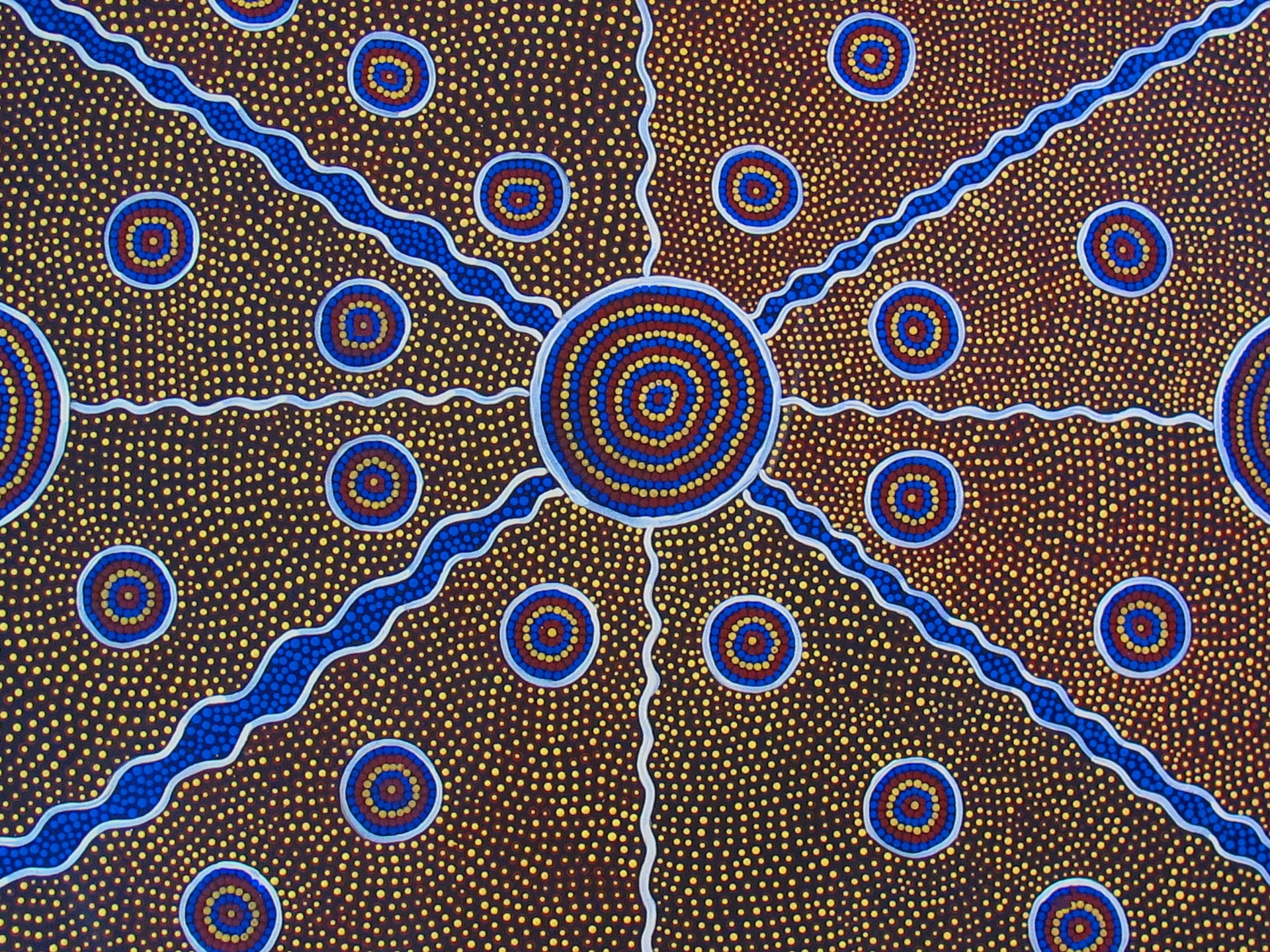The linguistic diversity displayed throughout the planet’s many cultures and communities is something essential to humanity, and to what it means to be a truly linguistic animal. There is, in theory, no limit to the number of languages that could appear. Yet the languages that are in use run the risk of passing into complete disuse. The majority of these are Indigenous languages, which are representative of the complex cultures and systems of knowledge possessed by those who speak them. As such, there has long been an effort to promote these languages.
This month, the UN General Assembly announced the 2022-2032 decade as the International Decade of Indigenous Languages (IDIL). The aim is to draw attention to the alarming state of many indigenous languages. Estimates suggest that 50 percent of today’s spoken languages will be extinct or seriously endangered by 2100. This optimistic estimate could just as realistically be raised to at least 90 percent. For perspective, the pessimistic outcome leaves only about 300-600 spoken languages left unthreatened by the end of the century.
The overall goal, then, is to revitalize those already threatened languages, and those which may become threatened, by ultimately encouraging their use. This means affording them some station in the modern world.
Why It Matters
According to the global action plan of the IDIL, which was published at the end of 2021, “the right of free unimpeded choice of language use, expression, and opinion as well as self-determination and active engagement in public life without fear of discrimination is a prerequisite for inclusiveness and equality as key conditions for the creation of open and participatory societies.” Every unique culture deserves to exist for itself and on its own terms, while participating in an ultimately connected world. There are issues today which affect everyone, and so everyone ought to be able to take part in finding solutions to these problems.
As these languages, cultures, and knowledge bases disappear, so too do possible legitimate solutions to such problems as climate change or biodiversity. In fact, it was a meeting of the UN Biodiversity Conference which convinced the president of the UN General Assembly, Csaba Kőrösi, that, if we hope to take care of our planet, indigenous communities, and their languages, are absolutely essential.
The importance of the IDIL goes far beyond helping modern societies cope with existential crises. Speaking to the UN, representative Aluki Kotierk mentioned how, for Arctic Indigenous communities, language is critical to political, economic, social, cultural and spiritual rights. Being able to live in their homelands, to function in all aspects of what modern society brings in their own language, is essential, she said, to a life of dignity.
Varied Efforts
Even companies such as Motorola and Lenovo have decided to take part, declaring their mission to bring innovative technology to more groups. This is a mission they hope to achieve by integrating Indigenous languages into their devices, giving those groups a fully localized user interface.
There have even been attempts to use technology to preserve indigenous languages, such as the National Research Council of Canada’s Indigenous Languages Technology Project. The main difference, and arguably shortcoming of such a project, however, is that it doesn’t necessarily allow the language to exist within its natural environment. There’s a difference between creating, say, an online archive of a language, and inviting the actual linguistic community itself to thrive and engage with the rest of the world.
Going Forward
Canada’s First Peoples’ Cultural Council put together a proposal of ten goals for the IDIL, which includes: giving communities control of their own language data; access to international research and resources for language revitalization, as well as to mother-tongue based education; recognition and respect towards Indigenous knowledge and expertise. They also speak to the need of available technology; a need, of course, already being engaged by Motorola with Lenovo’s support.
This enthusiasm of Indigenous groups to take part really isn’t anything new. There has long been that desire to share their knowledge about the environments within, and with which they have always lived. Bearing this in mind, while Kőrösi’s comments are incredibly encouraging, they do echo comments already made by members of Indigenous groups in past years, and it is worth noting that his comments come in the face of an overwhelming crisis.
But still, here is a clear, motivated, global effort to enact a positive change in how the wider world relates to nature and to Indigenous groups. This decade is just beginning, and the attempt deserves a degree of trust.
Image by Esther from Pixabay






